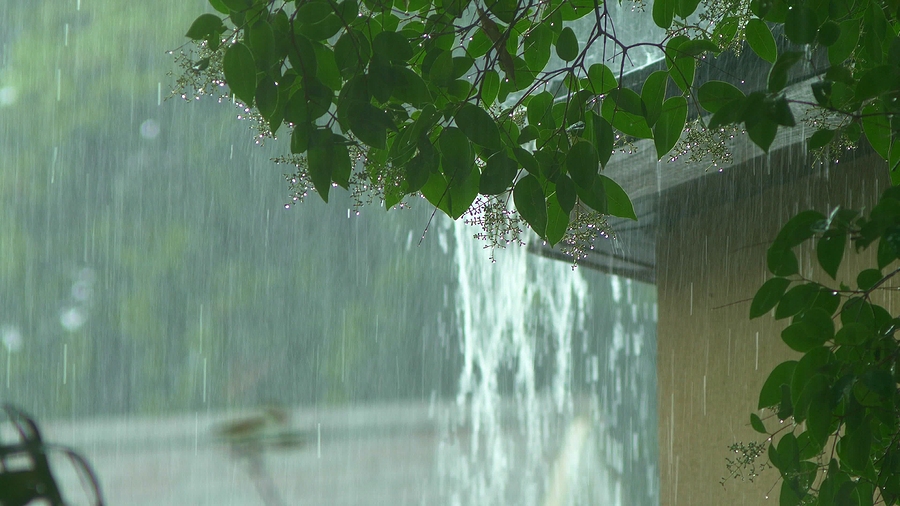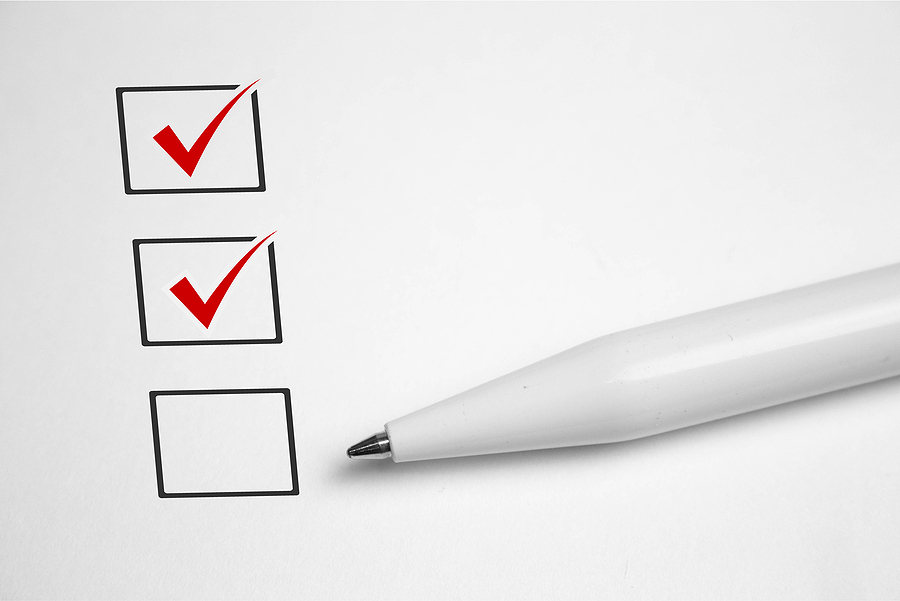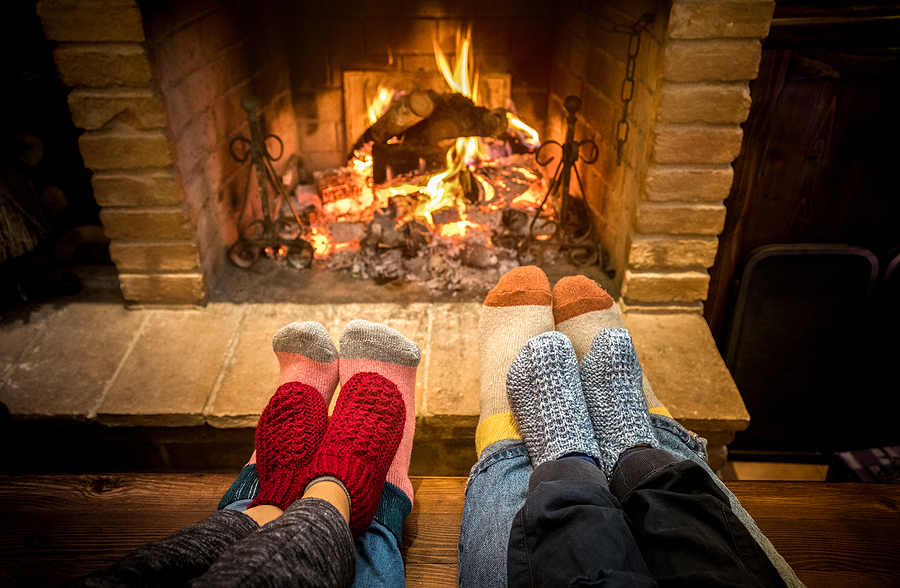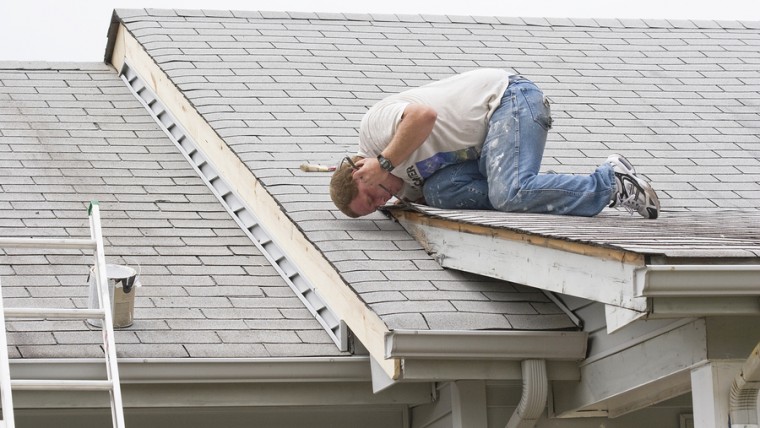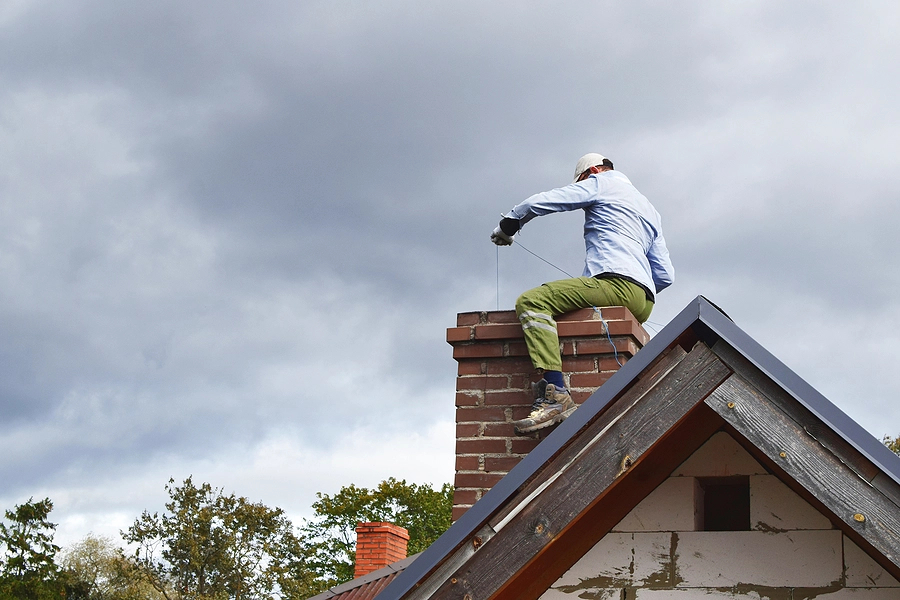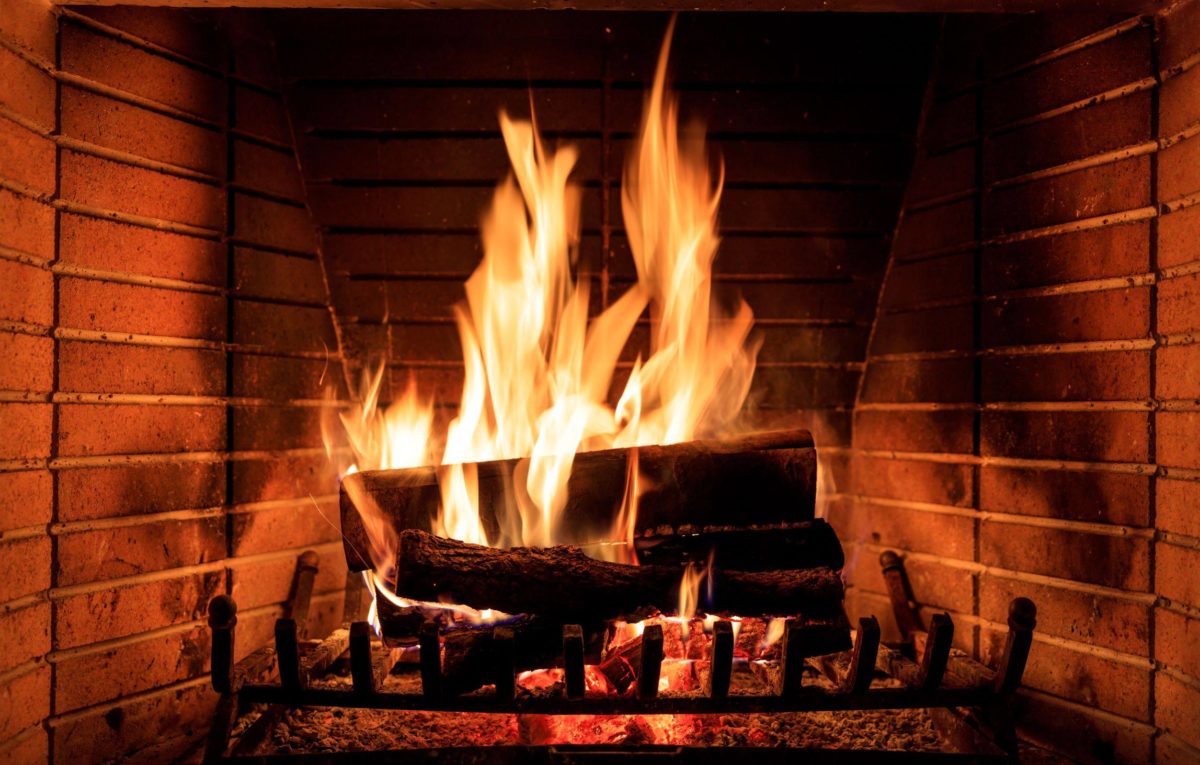If you’re a homeowner, you’re probably wondering how to tell if your chimney has already been affected by water. If so, here are some common ways that rain can cause chimney water damage.
Did you know that rain can cause crucial damage to your chimney? Erosion is a natural process that happens over time, even to the structures on our houses, not to mention that mortar, the substance that bonds the bricks together in a chimney, is water soluble.
Cracked Masonry
If you have a leak in your fireplace, it may be due to a crack in your chimney’s masonry. It’s important to have this taken care of as soon as possible, otherwise the issue can become worse. When masonry cracks aren’t taken care of, chimney repairs only become more expensive. Similarly, cracks in the chimney crown allow rainwater to leak into the flue lining.
Damaged Chimney Flue
Chimneys look strong, so it’s easy to forget they need maintenance just like the rest of your home. It’s important to schedule regular inspections in order to spot things like chimney water damage. Because the flue is on the inside of your chimney, it’s probably not something you’d ever notice on your own until it became a real issue. One sign there’s a problem is if thin tile shards begin to drop from the flue. As mortar joints age and deteriorate, they can allow moisture to seep into the chimney structure.
Rust or Moss
Rust is another red flag that chimney repairs are needed. Take note if you spot rust forming on the fireplace doors, the damper, or other accessories.
Or, is moss growing on the masonry? This can be another indication of chimney water damage. Moss will trap water and speed up the process of degradation.
Warped Flooring
Watch out for warped flooring and baseboards in the area surrounding your fireplace. In most cases, this is a clear sign of chimney water damage. Additionally, homeowners should look for efflorescence, a white, powdery mineral deposit that is left after water evaporates.
Other Water Sources
Other water sources are downspouts that terminate at the base of the chimney (or uphill of the chimney), as well as gutters that haven’t been properly cleaned, or that are canted in the wrong direction. This allows roof water to flow into the chimney. On a rainy day, every homeowner should go outside and look at the flow of water in order to see where the moisture travels.
Schedule Today
To schedule an appointment with The Irish Sweep, call us at (510) 521-4088, or use this simple contact form by clicking here. Your safety is our number one priority. That’s why our team is taking special precautions during this time. We look forward to hearing from you.

